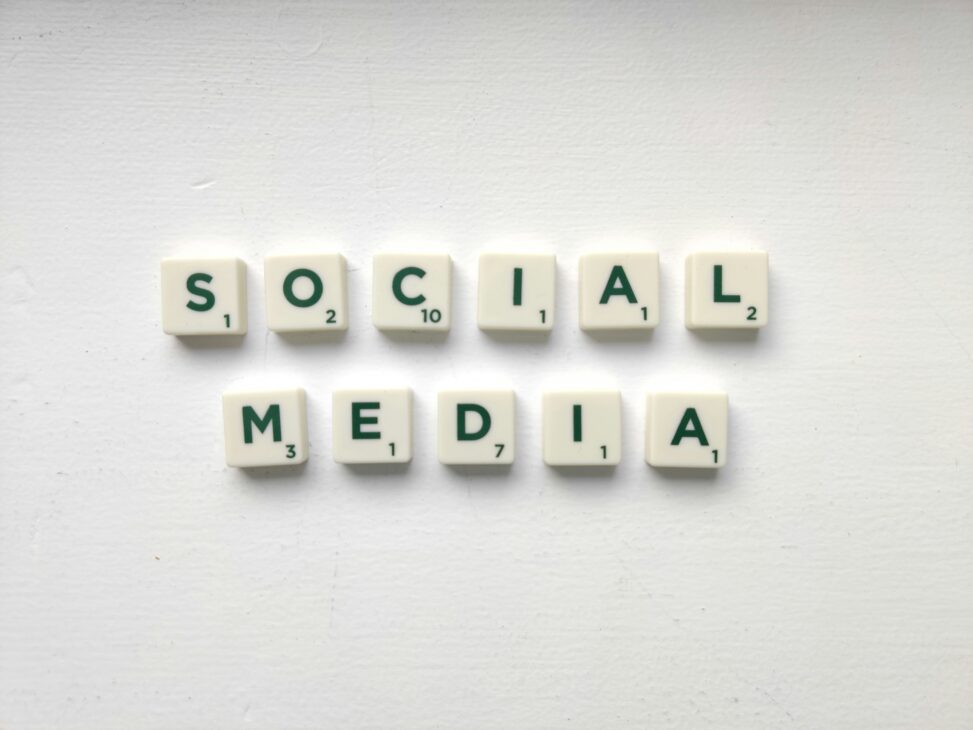This blog post is about the positive side of social media. It shows how people use it to speak up, share ideas, and learn new things. Even though social media has problems, this post focuses on how it helps people talk and learn in today’s world.
Social media gives everyone a voice. It makes public discussion louder and wider. In the past, governments and mainstream media controlled most public issues. Today, ordinary people can share their opinions on platforms like Twitter (now X), Instagram, and TikTok. The #MeToo movement started on social media, and it helped people talk about sexual harassment and gender equality around the world. Additionally, hashtags like #BlackLivesMatter and #ClimateAction also connected people across countries and inspired action. These examples show that social media is not only for sharing daily life. It can also bring real social change. In 2025, Pew Research Center survey found that 53% of U.S. social media users who under 30 believed these platforms were very important for engaging in political or social issues. This shows that young people use social media to learn about the world and to build social awareness through participating in online discussions and movements
Moreover, social media is not only a tool for entertainment and communication but has also gradually become an important platform for learning and knowledge sharing. Nowadays, more and more people use platforms like YouTube, TikTok to study topics such as mental health, science, economics, and so forth. The short-video format allows knowledge to spread faster and makes it easier to understand. For example, educational YouTube channels like CrashCourse and Kurzgesagt – In a Nutshell, as well as learning creators on TikTok, help students engage and grasp complex concepts. According to uQualio (2024), 52% of students use platforms like YouTube for independent video learning outside of school. This “open learning” model allows everyone to access knowledge, breaks down the barriers of schools and tuition fees, and transforms social media into a decentralized learning space, which fully embodying the spirit of open education.
In brief, social media has transformed how people communicate and learn today. It gives everyone a chance to speak and share ideas. It also makes learning open and easy to access. These changes help make society and education fairer and more inclusive. However, social media is not perfect. It has good sides and bad sides. In the next blog post, our group will look at the other side — how social media can spread false information and influence public opinion in harmful ways.
Reference:
uQualio. (2024, August 23). Understanding student preferences 2024: Video learning is now an essential! https://uqualio.com/post/understanding-student-preferences-2024-video-learning-is-now-an-essential
Park, E. (2025, September 16). 42% of social media users say the sites are important for them getting involved with political, social issues. Pew Research Center. https://www.pewresearch.org/short-reads/2025/09/16/42-of-social-media-users-say-the-sites-are-important-for-them-getting-involved-with-political-social-issues/
